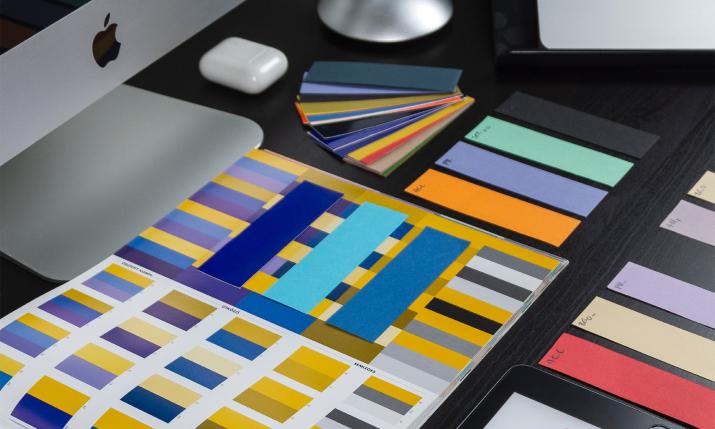Website design trends change quickly, and while your website may only be a few years old, it might already feel outdated. Or perhaps your organization has grown or changed direction, and you’d like to communicate that to customers or clients. But what if you don’t have the budget for an entirely new website and brand design? There is much to consider, so I (Savannah) sat down (virtually, of course) with Lisa, one of our Front-end Developers, to ask this and many more questions based on her recent experience with a client project.
The Difference Between a Website Redesign vs. Refresh

Savannah: From my understanding, one of our recent projects was dubbed a “refresh” instead of a “redesign,” can you tell me more about that?
Lisa: Yes! One of our clients approached us needing a brand update and website refresh request: essentially a new design, branding, and logo with minimal structural or functionality changes to the content; basically, just a new look. This is not an uncommon request to some, but to me, this was something totally new.
Savannah: So, what is the difference between a redesign and a refresh?
Lisa: Great question! A website redesign involves a complete overhaul, including changes to the structure, content, design, and functionality. This type of project typically requires a significant investment of time and resources, as well as a comprehensive plan and a clear understanding of the client’s goals and objectives.
Whereas a website refresh, also known as a website refresh, involves minimal to no development and primarily focuses on updating the visual aspects of the site, such as logos, images, fonts, colors, etc.
Savannah: Why would a client want a refresh instead of a fully rebuilt/redesigned website?
Lisa: In most instances, if a client is super happy with the functionality of their site and just wants to update the look, they definitely don’t need to spend additional resources on a rehaul. But with that said, new and cool functionality is part of the updated design trends for a lot of websites. In that case, a rebuild or at least a partial rebuild may be necessary.
Savannah: Now that we've covered the differences between a website refresh vs. a website redesign, I want to learn more about the project that sparked this whole conversation in the first place. It seems to me that there were elements of this project that would typically take place during a website redesign. Is that correct?
Lisa: Yes, that is correct! After assessing the needs of this client, our team proposed a modular and customizable page template, along with an updated single blog page and blog page archive/search page. I’ll spend some time going into detail about these various project elements.
Customizable Page Template: This allows the client to add or remove sections to a page and update the content of those sections without needing a dev to reconfigure the page's layout with a hardcoded structure. So it's kind of like giving the client a bunch of legos that fit together in any order on the page, and the client can change the contents of each new or existing lego as they like to build unique pages. The style of each lego is pre-set by us, though, so that doesn't change, just the content.
Upgrades to the Sites Blogging Capabilities: The blog post page is a hybrid. Some parts are coded just for that page, but it also includes that same lego code that allows for other sections to be pieced in if they exist in the admin panel, but only in a specific part of that page's template.
Savannah: After all these various customizations, why didn’t we recommend upgrading or changing the CMS?
Lisa: In other cases, as with this client, there was so much existing content and hard-coded page types that they wanted to keep 'as is' due to SEO benefits; therefore, it didn't make sense budget-wise to do a revamp.
Additionally, many existing pages will have to stay as is (structure-wise, but they can still change the content via the CMS admin panel) until they have the bandwidth to take the content from those pages and plug it into the new configurable template. With this approach, those pages can continue to exist, and the client can build new pages going forward with the new template.
Finding the right solution to meet our client's needs
Things are always moving quickly here at Savas Labs. Still, I am grateful when I have the opportunity to meet and learn from my incredibly talented colleagues, such as Lisa. There will always be something impressive about our team's innate ability to help our clients achieve their goals.
Moreover, my discussion with Lisa has further shown that with our team's knowledge, experience, and creativity, we are able to balance adding all the features our clients desire while staying within the set parameters of time, money, or both.

